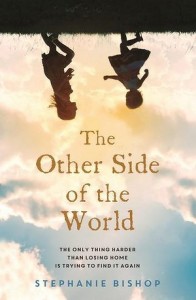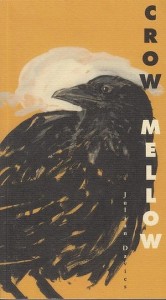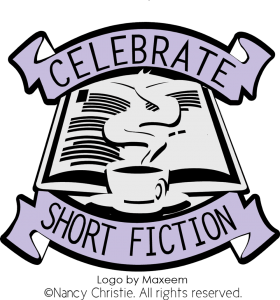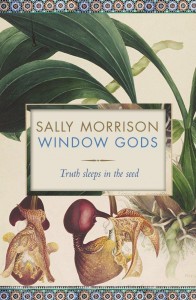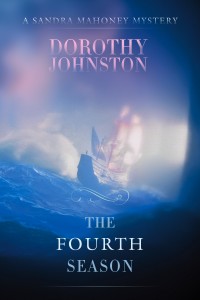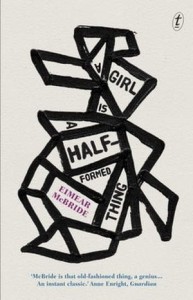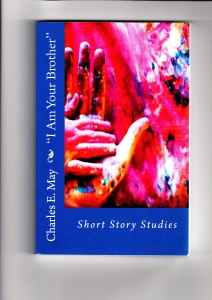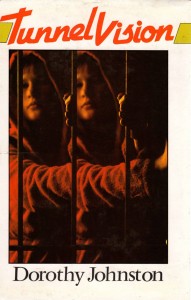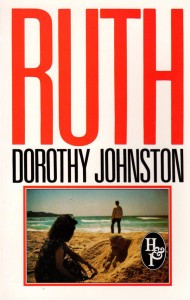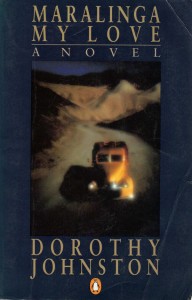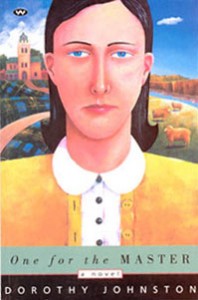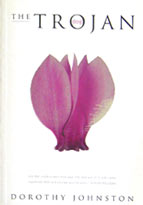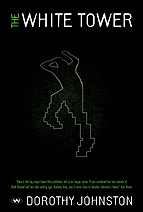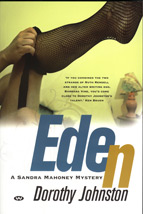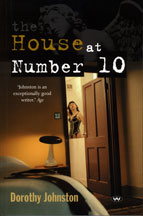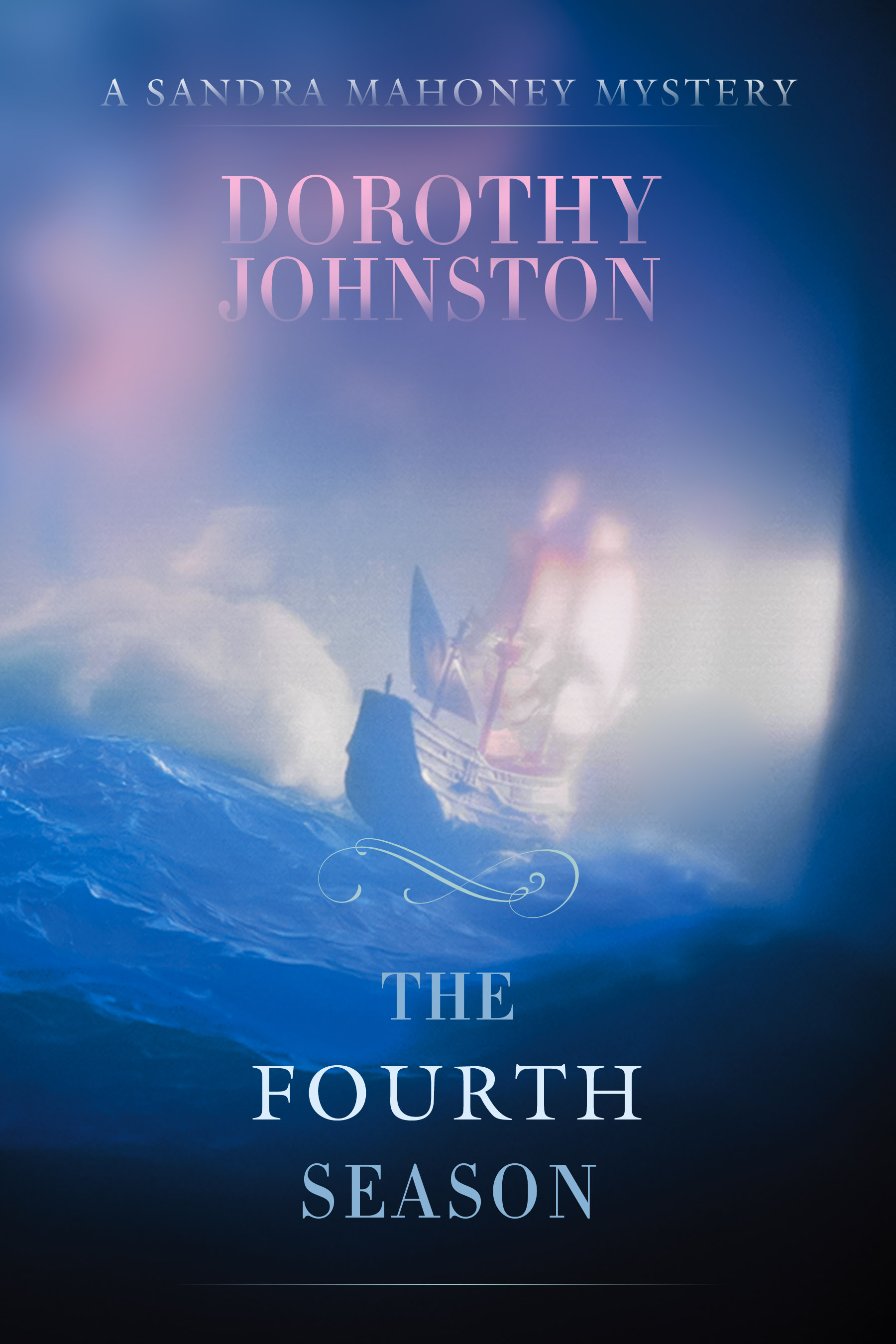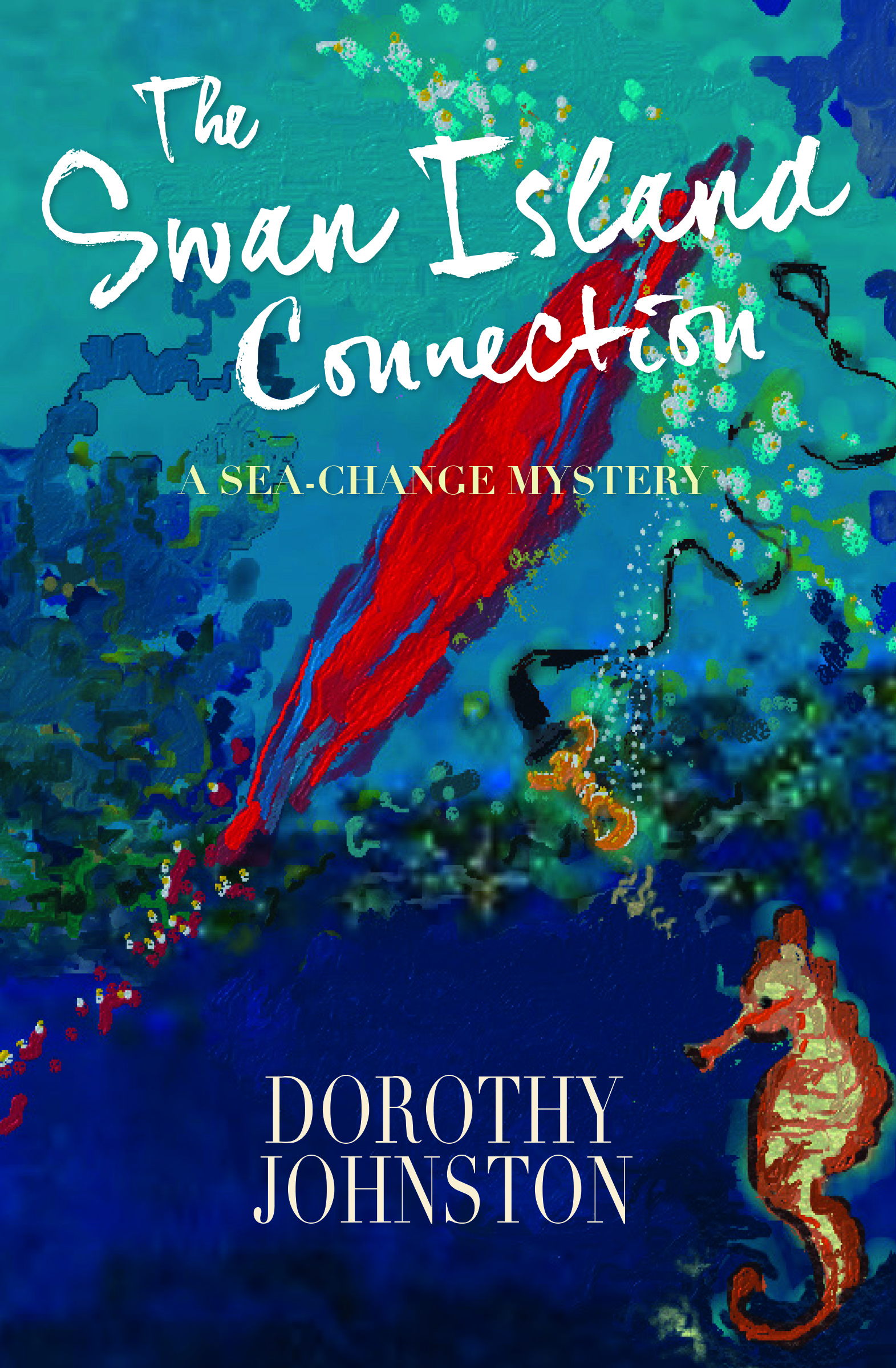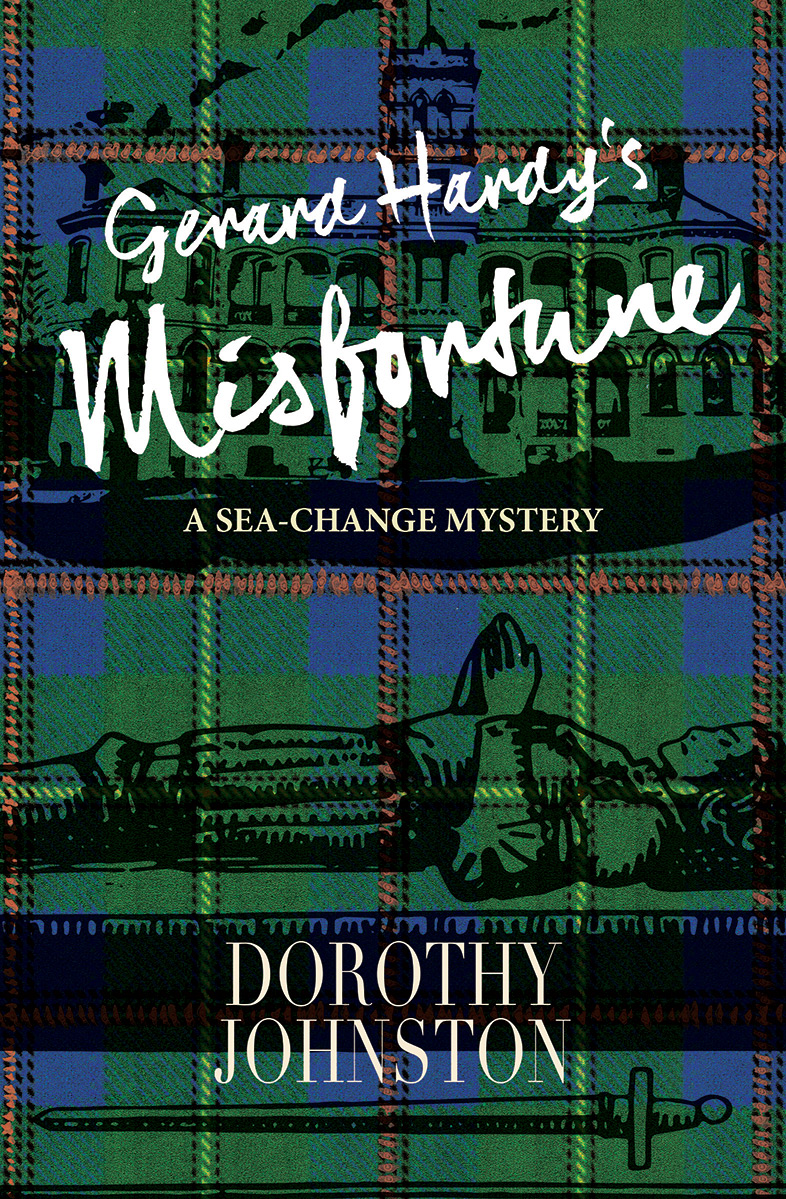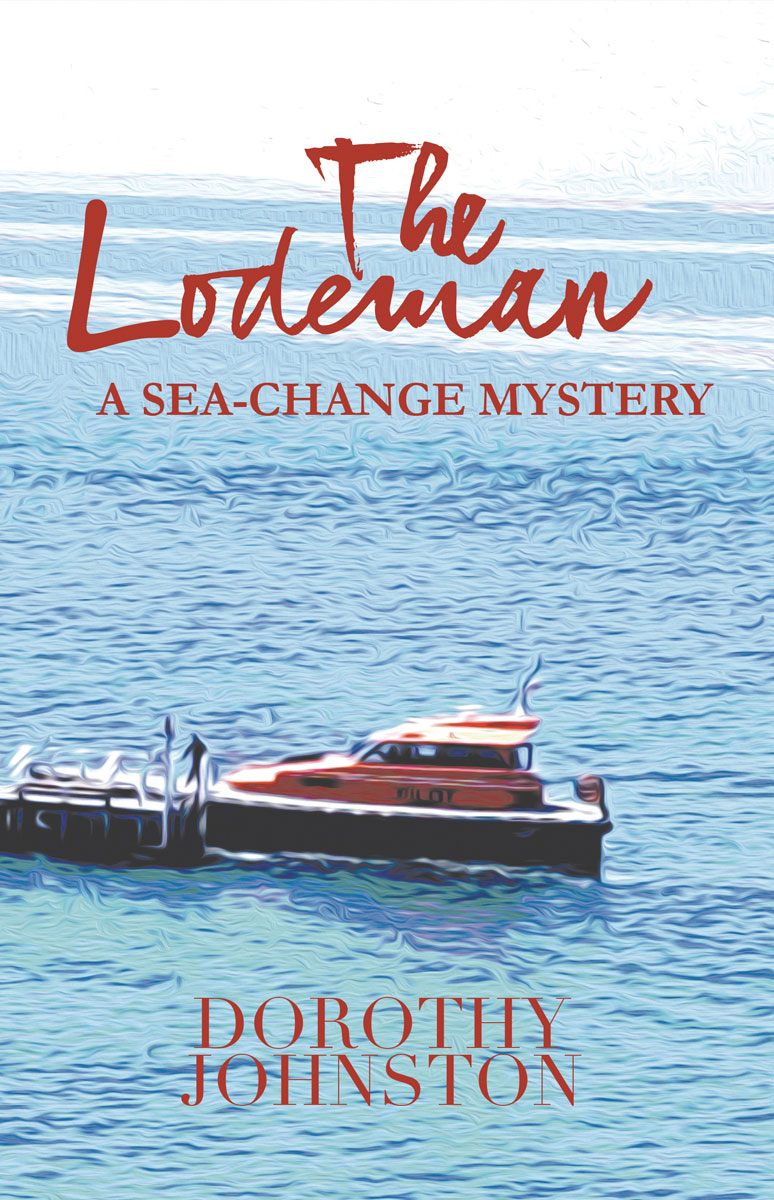My review of Stephanie Bishop’s second novel, The Other Side of the World was published in the Fairfax newspapers this weekend. Bishop was named one of the Sydney Morning Herald’s Best Young Australian Novelists for her first novel The Singing.
This second one – and the other side of the world is Australia, viewed from the northern hemisphere, mainly England – tells the story of a young couple who emigrate to Fremantle in the 1960s.
I won’t repeat the points I make in my review, except to say that The Other Side of the World is an accomplished, moving novel. Instead I’m adding a few thoughts about historical fiction and contemporary writing styles, which I didn’t have the space to mention in my 700 word review.
It’s commonplace to say that historical fiction has enjoyed a renaissance in the last couple of decades, and that this includes works set in the distant, as well as the more recent past – a category that includes Stephanie Bishop.
Bishop’s intimacy with her characters, and the thin membrane which separates their inner lives from the physical worlds around them, works admirably for the story that she has to tell. She says in her acknowledgements that the novel was inspired by the migration of her grandparents. Bishop can draw on universal themes of exile and displacement without having to confront the thorny problems an author faces when dealing with historical events that are widely known, and people who are part of general, that is more than family, history.
Bishop’s up-close-and-personal way of writing has become very familiar to me in recent years as a reviewer and a reader – so much so that deviations from it are unusual. An interesting example is Emily Bitto’s The Strays, which won the 2015 Stella prize. Many reviews have been written of The Strays, most of them highly favourable, and the novel, in my opinion, has much to recommend it. But it popped up in a facebook discussion recently where questions were raised about book’s glittering, imagistic surface compared with the depth and solidity of historical events that took place during the time that the novel covers, events such as the Great Depression, which are not so much engaged with as part of the author’s project, as occasionally referred to.
I’m not putting any of this forward as a way of criticising Bishop, but I do believe there are issues peculiar to historical fiction, matters which ought not to be overlooked, though they often are. These include how to create the resonance of time passing – often a long time – between the characters and events of the novel and the author’s and reader’s present; and how to bring the past to life without pretending, or encouraging the reader to pretend, because she or he feels so ‘close’ to the characters, that it is, necessarily, anything like the world we live in today.
My review of Crow Mellow was published in the Fairfax Press today.
The back cover blurb consists of two sentences. ‘This book is a novel. It has drawings on every page.’
While only the name of the writer, Julian Davies, appears on the front cover, Phil Day’s drawings are an essential part of the reading experience, and so I think it’s fitting to include both names in the title of this post.
Most often, the drawings surround the text; sometimes an illustration occupies a whole page, and half of the adjoining one, so that the words are nestled within it. Of course, this kind of reading experience is familiar to us from children’s picture books.
Day’s drawings are often ironic, sharp, and poke fun at themselves as well as the fictional characters they depict. Since I’m writing this post on January 10, 2015, I can’t help being aware that any cartoon or satirical illustration has acquired a whole new depth of resonance this week, and will probably retain it for quite a long time to come.
Who is being satirised in Crow Mellow? As I say in my review, it’s a bunch of people staying in a rich man’s country house. Crow Mellow is modelled on Aldous Huxley’s debut novel, Crome Yellow, published in 1921. Davies’ protagonist echoes Huxley’s – an aspiring writer beset by self-doubt. In both books, the wealthy host is writing a family history. There is a beautiful young woman with whom the protagonist is in love, and a bitter, wordy individual, who acts as a kind of chorus, in the tragic sense, to the mostly frivolous proceedings.
In an interview with Sally Pryor, Julian Davies talks about writing and publishing these days, and in particular Finlay Lloyd, which he established as a non-profit publishing venture in 2005, initially as a partnership with four people.
‘”The thing I realised is what a hidebound set of conventions book publishing is bound by, and literary people don’t even think about it,” (Davies) says. “And sadly, often literary people aren’t very visual and most books are horribly over-designed. Even the better publishers, the books are so covered with gumph because everyone’s so scared of their book not selling. They cover it and smother it, and there’s no room for designers to really design.”‘
‘By the time Davies had become fed up with mainstream publishers, Phil Day and his then-partner were already producing handmade books in small editions as Finlay Press in Braidwood. With Davies, they decided to start publishing books together, and their great friend, the artist Robin Wallace-Crabbe, was also keen to be involved. But eventually Day and his partner split up, Wallace-Crabbe drifted away from the process, leaving Day and Davis to their own joyful devices.’
Pryor’s interview is informative and interesting, well worth reading in its entirety. As is Crow Mellow. I’m just sorry I’m not clever enough to be able to scan a double page of the story, plus illustrations, for this post.
My review of Window Gods was published in the Fairfax press today. Though on the surface, and at the start, it appears to be a straightforward ‘novel of manners’, Window Gods turns out to be a surprising, many-layered book.
There’s a lot about art and artists – visual, literary, botanical – here’s a quote that has stayed with me and that I didn’t have the space to include in my review:
‘…the hypothesis with which the artist is stuck is the lifelong nub against which talent writhes like a cat possessed. You have to stick with the nub despite fashion and fortune – or never produce a body of work. Too bad if your idea is bad or infantile, or proves to be a cul de sac or something that happens before its time. Art is a never-ending fascination with perception. It’s facile to say all people are artists; artists are those who embrace the nub and never give it up.’
My Sandra Mahoney quartet is now for sale on Amazon, including the new and final book, The Fourth Season. And I already have four great reviews! You can read them here.
In her review, Joan Kerr makes a telling point, but one I hadn’t given much though to – not conscious thought anyway. Each novel in the quartet is set during a particular season. The Fourth Season is autumn. ‘The charms and stresses of each season operate as a symbol for the characters’ emotional lives’, Joan says, and of course this is true.
In talking about my quartet with friends and readers, I’ve been drawn back into remembering how it began. I didn’t set out to write one mystery novel, much less four! Some time in the late 1990s, I decided to write a short story from the point of view of a computer virus, and in the middle of it Sandra appeared. Not only that, she appeared with a new job in a government department threatened with the axe, a husband who’d scarped off to America and a son with reading problems. Far too much for a short story!
At the time, I was having a lot of difficulty finding a home for One for the Master, my novel set in a Geelong woollen mill. Post-modern ideas and tastes were dominant and my book was dismissed as social realism. (Never mind that it starts off with a ghost.) I turned to crime writing because, though there are obviously rules, I found within the genre an openness that I felt was lacking in literary fiction at the time. And I found an organization, Sisters in Crime Australia, happy to welcome newcomers.
I didn’t turn my back on literary fiction – I have never done so – but neither do I regret my years spent with Sandra and her investigations into the underside of Canberra.
And with One for the Master I was vindicated finally, as was Wakefield Press, the independent Australian published who took it on. One for the Master was shortlisted for the 1998 Miles Franklin Award and set on the VCE syllabus.
Wakefield have released, as ebooks, all four novels in the Sandra Mahoney Quartet and are offering a special launch price of 4 for the price of 3.
My review of A Girl is a Half-Formed Thing, Irish writer Eimear McBride’s first novel, was published in the Fairfax newspapers last Saturday. The jagged lines of the cover and the apparently haphazard way the blocks are put together echo Mcbride’s prose, which is extraordinary.
I’ve been critical of the current fashion for writing exclusively in the present tense, and have voiced my criticisms here and here.
As with all literary fashions, this one has, while growing in popularity over the past ten years, attracted its share of second-rate imitations. A Girl is a Half-Formed Thing is narrated in the present tense, in fragmentary sentences of the kind that have often stuck in my throat. Maybe this is an obvious point to make, but when a writer of true originality and talent comes along, they make references to fashions irrelevant.
I didn’t have the space to add any of the background to the novel’s publication in my 650 word review, so I thought I would do so now. After years of rejections by UK publishers because it was considered too difficult to sell, A Girl is a Half-Formed Thing was picked up by a tiny independent press. Familiar story? Sadly too familiar. McBride in the end was lucky, which is not to take away from her enormous talent. All her subsequent success is, in my view, wholly deserved.
McBride won the inaugral Goldsmith’s prize for the novel. Tim Parnell, head of English and comparative literature at Goldsmiths College and chair of the judges, said A Girl is a Half-formed Thing was a “boldly original and utterly compelling” novel. It was “just the kind of book the Goldsmiths prize was created to celebrate … Serious discussion of the art of fiction is too often confined to the pages of learned journals and we hope that the prize and the events surrounding it will stimulate a much wider debate about the novel.”
When I came across AS Byatt’s description of the modern sentence, it was with a sense of deep familiarity.
‘A good modern sentence proceeds evenly, loosely joined by commas, and its feel is hypothetical, approximate, unstructured, and always aiming at an impossible exactness which it knows it will not achieve.’ (A. S. Byatt, “True Stories and the Facts in Fiction”, in On Histories and Stories, Selected Essays, Harvard University Press 2001)
The sentences Byatt described were the kind that I wrote naturally, it seemed to me instinctively, that I felt at home in. And I immediately recognized the irony; for it is precisely the feeling of being ‘at home’ that is unsettled by such syntax, interrogated by it.
Nevertheless, it felt good. It seemed that, during the years I was teaching myself to write, finding my voice as a writer, I had tapped into a mode of contemporary English that was meaningful because it expressed doubt about meaning, because expressions of doubt and uncertainty were fundamental to it. I had found a sentence construction that belonged to my time and I had made it mine.
Some months ago, I had the opposite experience. I received a reader’s report on a fiction manuscript I had submitted, a report complaining about my sentence construction. The reader described my parenthetic sentences as ‘like listening to a radio that isn’t correctly tuned to the station.’ I didn’t understand the criticism, and puzzled over it. I tried to initiate a dialogue with the reader, but this proved useless.
I finally concluded that, not only did this particular reader have no interest in what was happening inside my sentences, but she had no sympathy for the modern traditions I was writing out of; indeed, to her, they weren’t modern. They were, if she bothered to consider them at all, a thing of the past.
This experience has led me to look differently at writing trends, and to think back over the novels I have reviewed over the last fifteen years.
Many of the books I receive for review are written in the present tense. The present has become the norm, and normative. Sentences which are constructed out of it are shorter and, for the most part, direct; the visual image I have is of sentences all facing the same way.
Partial, verbless sentences are common, or ones in which the present participle is expected to do the work of a whole verb. The idea, I believe, is that this way of writing brings the reader right up close to the characters and the subject matter. The word ‘immediacy’ is often used on back cover blurbs. But I have never, either within an individual review, or in the discussion that goes on around them, found anybody making a case as to why immediacy, conceived in this way, matters. The beneficial effects are taken for granted.
I would love to find a discussion somewhere about what might become lost as this fashionable style spreads. Ambiguity has its dangers; I’m well aware of that. But I wish someone would explain to me why getting rid of ambiguity is better, or convince me that prose that strikes my ear as glib and shallow has more to offer than I give it credit for.
The present tense is supposed to bring readers right up close to the action, to make them feel that they are part of actions that are happening right now. These are illusionist’s tricks. You might argue that all writing makes use of illusion, and it does. But what troubles me is that the ubiquitous present, unrelieved by any other tense, unrelieved by even the pretence of narrative distance, makes it all too easy for the narrative voice to celebrate superficial reactions and emotions and to look no further.
Another way of putting it, is that the novels read like a rehearsal for the books they might be, if only their authors would reflect more deeply, and make sure their readers were given the space and the time to reflect as well.
You can read an essay I wrote for Spectrum on the present tense here.
Twice so far in my writing life, I have had the experience of being contacted by a stranger and told that the name I had chosen for a main character in a novel was her name, that it belonged to her. I’m wondering how many fiction authors have had similar experiences.
In one case, the person contacted me directly, in another through a relative. The first time it happened shortly after The House at Number 10 was published. I was contacted by Sophie Harper’s sister. Sophie Harper is my protagonist, and ‘the house at Number 10’ a brothel in Canberra, where my Sophie, recovering from a marriage break-down, and with a four-year-old daughter to support, finds work. Not surprisingly, the real Sophie Harper – and I’d chosen the name without thinking about this – was unsettled by my choice.
The second time it happened, the name belonged to one of my series protagonists, Sandra Mahoney, the main character in my Canberra crime trilogy.
This time, the contact was by email, and the real Sandra Mahoney was amused by the co-incidence.
I kept our emails, which I think provide interesting reading for anyone pondering the choice of a fictional name, especially a series name that a writer may have to live with for decades.
The real Sandra Mahoney’s first email:
Hi Dorothy well how about that!!! I was killing time waiting for a download to finish, doing searches on my name to see if anything came up and there it was Sandra Mahoney!!! Actually my married name is different but I was Miss Mahoney for a good 30 years. Now I can’t wait to see what I got up to. I wonder how many of us there are. Naturally I am curious as to how you came up with the name and if you have a spare minute I would love to hear from you.
My reply:
Good to hear from you. I’m wondering if you’re any kind of a detective, like my Sandra? I wanted an Irish surname, and Mahoney has a degree of literary fame, (as in ‘The Fortunes of Richard Mahony’), though you’ll see I’ve added an ‘e’. And Sandra struck me as a good solid Christian name. Actually you’re the second person to bob up and claim one of my protagonist’s names. The first was Sophie Harper…
Sandra’s reply:
No I am not a trained detective but I do fancy that I could have been one. I find myself thinking like one when problems happen. I read on your website that your Sandra has some dealings on the internet. I did too. I was going through a separation and found myself in the chat rooms and two years later have a new love through internet dating. The 2 years up to that point were wild, amazing, enlightening and voyeuristically crazy. I have often thought there was a book in it but as yet haven’t put fingers to the keypad. If you’re interested in the stories let me know. There was one point where I was so fed up with the lies and double crossing that goes on with the chat room people – I was seeing a man that I had met there and found out he was seeing several other women at the same time, so I set him up, with fantastic success. My best detective work yet. It was funny and very satisfying…
A nice example of nature following art? Perhaps. More a case of the wily dance art and nature are always engaged in, I think, a dance that can be intriguing for both writers and readers.
What did not strike me at the time, but what strikes me now, thinking back over the experience, was how defensive I felt, as though my choices were deliberate, when really it must happen every day that a fiction writer hits on a name belonging to a living, breathing person.
Then, a little while later, I began to feel proprietorial. I had as much right as these strangers did to the small words that we happened to hold in common. The books in question had been published; there was no going back. And the identity of my imaginary people was very much bound up in their names. I knew what their names meant to them, and the wealth of meanings that they carried, not just for themselves as characters, but for other characters as well.
I wasn’t vain enough to predict fame and fortune for them, but convinced myself that the point remained a valid one. Who could imagine Pride and Prejudice without Jane and Elizabeth Bennett, who an Anna Karenina without precisely that name?
I’d stumbled on something obvious, yet disturbing: Juliet was wrong. When she asked that famous question, Juliet was guilty of a piece of special pleading, understandable in the circumstances. The names of things and people do matter, and the meanings that accrue around them matter even more.
Those two instances I had, of being made to feel that I had ‘taken’ someone’s name, occurred quite close together, and, for the next few months, I nervously waited for the next one, the next phone call or email; perhaps, this time, having to face someone who was angry and accusing. It didn’t happen and my worry lessened until I more or less forgot about it. But I haven’t been able to think about those characters in quite the same way since. Shadows branch out, behind and to the sides of them, and I realize I’m still waiting for these shadows to take a form I recognize.
